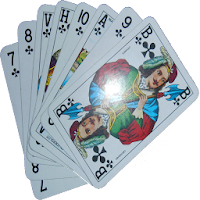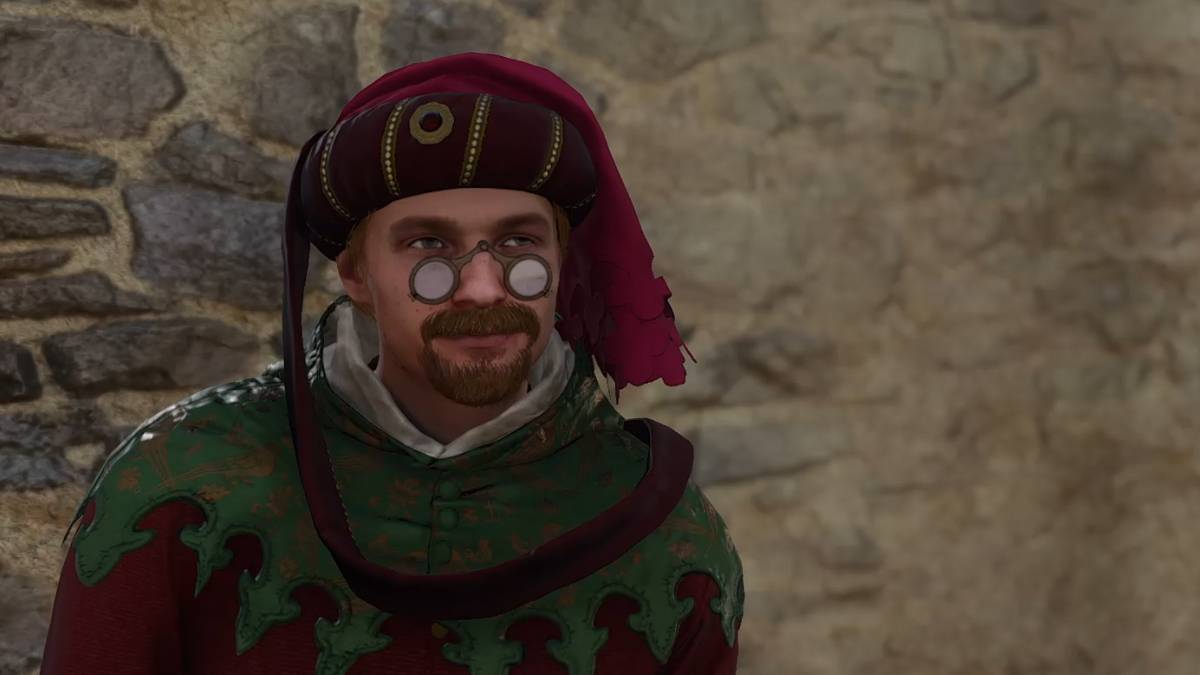Ubisoft has once again activated the Animus, transporting players back to Japan's tumultuous Sengoku Period with Assassin’s Creed Shadows. Set in 1579, the game introduces us to historical figures like Fujibayashi Nagato, Akechi Mitsuhide, and Yasuke, the African samurai who served Oda Nobunaga. True to the series, these characters are intricately woven into a narrative that blends historical facts with fictional elements, crafting a gripping tale of revenge, betrayal, and murder. While the story might humorously mention Yasuke needing to gather XP for a gold-tier weapon, it’s all part of the series' charm and its unique approach to storytelling.
Assassin’s Creed is renowned for its historical fiction, masterfully using historical gaps to weave tales of science fiction and conspiracy. The series is built around the premise of a secret society, the Templars, aiming to control the world using the mystical powers of a pre-human civilization. While Ubisoft’s open-world environments are deeply rooted in history and supported by extensive research, it's crucial to understand that these games are not meant to be history lessons. The developers creatively alter historical facts to enhance the narrative, resulting in a rich, engaging experience.
Below, we explore ten instances where Assassin’s Creed has boldly rewritten history to suit its storytelling:
The Assassins vs Templars War

The concept of a centuries-long conflict between the Assassins and the Knights Templar is a core element of the series, yet historically unfounded. Both the Order of Assassins (founded in 1090 AD) and the Knights Templar (established in 1118) existed during roughly the same timeframe but were disbanded by 1312. There’s no evidence they were ideologically opposed or engaged in any sustained conflict beyond the Crusades, where they might have occasionally crossed paths.
The Borgias and their Superpowered Pope

Assassin’s Creed 2 and Brotherhood focus on Ezio’s battle against the Borgia family, with Cardinal Rodrigo Borgia portrayed as the Templar Grand Master who becomes Pope Alexander VI. While the Borgias' real-life legacy was indeed controversial, the game's depiction of them as Renaissance-era villains with a plot involving the mystical Apple of Eden is purely fictional. The portrayal of Cesare Borgia as an incestuous psychopath also lacks historical substantiation, leaning more on rumor than fact.
Machiavelli, Enemy of the Borgias

In Assassin’s Creed 2 and Brotherhood, Niccolò Machiavelli is depicted as Ezio’s ally and leader of the Italian Assassins. However, this portrayal contradicts Machiavelli’s real-life beliefs in strong authority, which clash with the Assassins' ideals. Additionally, Machiavelli had a more nuanced view of the Borgias than the game suggests, even serving as a diplomat in Cesare Borgia’s court.
The Incredible Leonardo da Vinci and his Flying Machine

Assassin’s Creed 2 showcases a strong bond between Ezio and Leonardo da Vinci, accurately capturing da Vinci’s charisma. However, the game takes liberties with da Vinci’s timeline, moving him from Florence to Venice in 1481, contrary to his historical journey to Milan in 1482. The game also brings da Vinci’s theoretical inventions, such as a machine gun, a tank, and a flying machine, to life, despite no historical evidence of these being constructed.
The Bloody Boston Tea Party

The Boston Tea Party, a pivotal event in the American Revolution, was a non-violent protest. In Assassin’s Creed 3, however, protagonist Connor turns it into a violent confrontation, killing numerous British guards. The game also attributes the planning of the event to Samuel Adams, despite historians debating his involvement.
The Lone Mohawk

Assassin’s Creed 3’s protagonist, Connor, a Mohawk, fights alongside the Patriots against the British, contrary to the Mohawk’s historical alliance with the British. While there were rare instances of Mohawks fighting against the British, such as Louis Cook, Connor’s story represents a "what if" scenario that adds depth to the narrative.
The Templar Revolution

Assassin’s Creed Unity’s portrayal of the French Revolution as a Templar conspiracy oversimplifies the complex causes of the event, including natural disasters leading to famine. The game also misrepresents the Reign of Terror as the entirety of the revolution, rather than one part of a multi-year struggle.
The Controversial Killing of King Louis 16

Unity depicts the vote on King Louis 16’s execution as a close call, swayed by a Templar conspirator. In reality, the vote was a clear majority in favor of execution. The game also downplays the King’s attempt to flee France, which contributed to his treason charges and the public’s disdain.
Jack the Assassin

Assassin’s Creed Syndicate reimagines Jack the Ripper as a rogue Assassin seeking to control the London Brotherhood. This narrative twist, while engaging, diverges significantly from the historical mystery surrounding the real Jack the Ripper.
The Assassination of the Tyrant Julius Caesar

Assassin’s Creed Origins reinterprets Julius Caesar’s assassination as a battle against a proto-Templar. The game’s portrayal of Caesar as a tyrant opposed to the people’s interests contradicts his historical efforts to redistribute land to the poor. Furthermore, the game frames his death as a victory, ignoring the subsequent civil war and the rise of the Roman Empire.
The Assassin’s Creed series meticulously crafts its worlds with historical elements, yet it often bends historical accuracy to serve its narrative. This approach is fitting for a series that thrives on historical fiction, not documentary. What are your favorite instances of Assassin’s Creed’s creative liberties with history? Share your thoughts in the comments below.

 Latest Downloads
Latest Downloads
 Downlaod
Downlaod




 Top News
Top News








